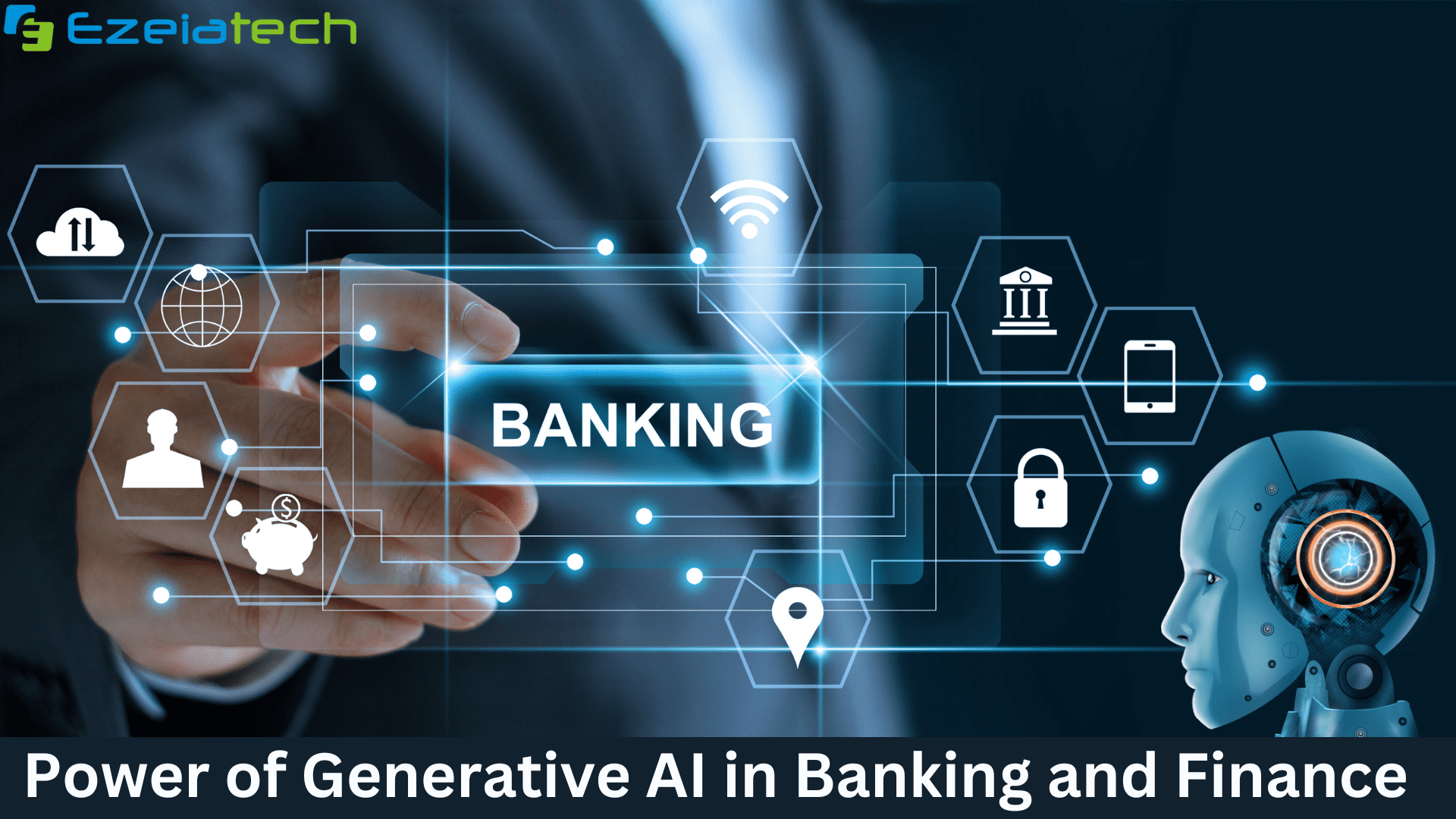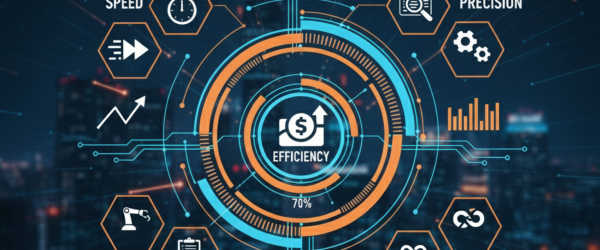Generative AI is a powerful machine learning technology that has the potential to transform the banking and finance industry. By leveraging this technology, banks can collect and interpret financial data on a large scale, enabling them to make informed decisions, offer tailored services, evaluate risks, and undertake additional tasks. In this blog, we will explore the top seven use cases of Generative AI in banking and finance.
What Does Generative AI Mean to the Banking and Finance Industry?
Generative AI is a subset of artificial intelligence that involves generating new content or data. It is powered by machine learning models and is dramatically transforming banking and financial services. The landscape of AI and automation for banking is vast, offering a unique approach to automating tasks that were previously laborious.
7 Key Use Cases of Generative AI in Banking and Finance
- Detect and Prevent Fraud: Generative AI can be used to track transactions in terms of location, device, and operating system, flagging any anomalies or behavior that doesn’t fit expected patterns. This helps banks protect themselves from fraudulent activities.
- Manage Risk and Improve Credit Scoring: Generative AI can detect and identify potential risks and financial risks, providing early warning signs so that banks have time to adapt and prevent losses. It can also analyze vast amounts of data from multiple sources to create a more holistic financial picture of loan applicants.
- Make Financial Forecasts: Generative AI can identify patterns and relationships in financial data and run simulations based on hypothetical scenarios. This helps banks evaluate a range of possible outcomes and plan accordingly.
- Personalize Marketing Efforts: Generative AI can analyze customer preferences and online behavior to create targeted marketing campaigns. This helps banks stand out from the competition and gain new customers.
- Boost the Customer Experience & Customer Satisfaction: Generative AI chatbots can provide human-like customer support 24/7, answering customer inquiries, providing updates on balances, initiating transfers, and updating profile information. It can also educate customers on financial tasks and literacy topics.
- Generate Financial Advice for Customers Based on Proprietary Data: Generative AI can be used to make personalized budgeting and saving recommendations based on customers’ financial goals, risk profiles, income levels, and spending habits. It can also suggest investment strategies based on customers’ financial goals, income, and time horizons.
- Summarize Large Documents: Generative AI can be used to summarize customer communication histories or meeting transcripts, saving time when dealing with customer concerns or collaborating on team projects.
Challenges and Limitations of Using Generative AI in Banks & Financial Services
While Generative AI offers numerous benefits, it also comes with challenges and limitations. It should be used cautiously when dealing with sensitive customer data, and it should not be relied upon to stay compliant with different government regulations. Generative AI should also be trained on accurate and up-to-date data to avoid poor financial decision-making.
Getting Started with Generative AI in the Financial Services Industry
Banks must learn to embrace Generative AI to survive in the competitive banking landscape. At Aisera, we offer Generative AI tools tailored to different industries, including the financial services and banking industries. If you want to take your financial business to the next level, we can help.
Conclusion
In conclusion, Generative AI has the potential to revolutionize the banking and finance industry by improving customer service, enhancing efficiency, and protecting against fraud. By leveraging this technology, banks can stay ahead of the competition and adapt to the ever-changing landscape of the financial services sector.
Thank you for reading. For continued insights and in-depth discussions, please follow our blogs at Ezeiatech.







